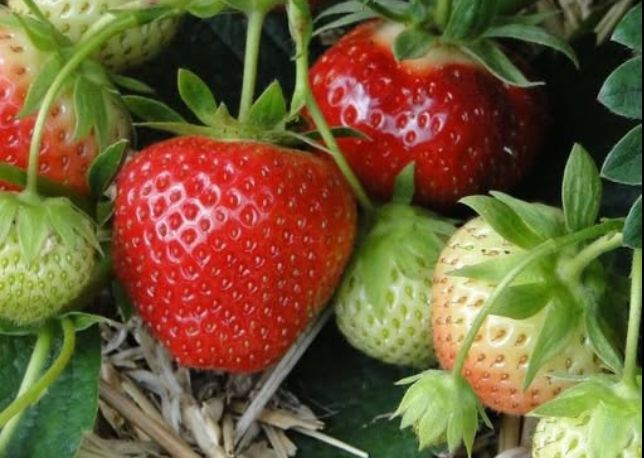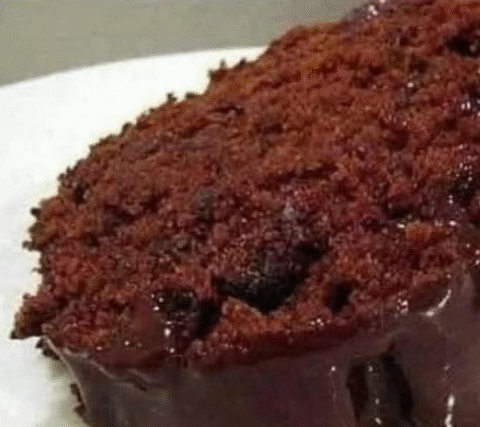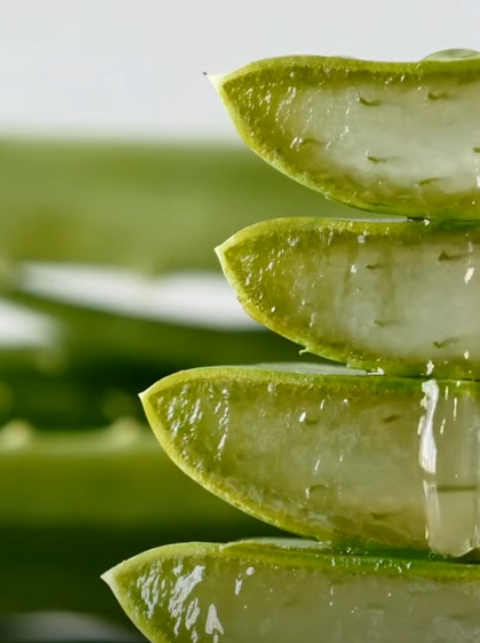7 Brilliant Tips to Grow Strawberries from Seeds: A Sweet & Budget‑Friendly Guide 🍓
Fresh juicy strawberries bursting with flavor—who doesn’t love them? Buying organic strawberries regularly can get pricey, but here’s the good news: you can grow your own at home—from seed! With patience, minimal cost, and a little bit of care, you can enjoy safe, chemical‑free fruit from your garden, balcony, or even a sunny windowsill.
Why Grow Strawberries from Seeds?
Growing strawberries from seed gives you control over variety, timing, and quality. You’ll avoid costly transplants, reduce chemical exposure, and unlock varieties not commonly sold as plants—like heirloom or unusual day‑neutral types. And yes, the reward? Sweeter, more flavorful fruit and pricing that pays for itself over time.
1. Choose the Right Strawberry Variety
For success, start with the best variety for your needs. There are three key types:
A. June‑Bearing Strawberries
Produce a large harvest in a short window (usually 2–3 weeks in early summer). Best if you want a big yield all at once.
B. Ever‑Bearing Strawberries
Produce berries two or three times during the season. Great for intermittent harvesting throughout summer.
C. Day‑Neutral Strawberries
Fruit continuously, regardless of day length—perfect for consistent, ongoing yields.
For home gardeners seeking steady harvests, ever‑bearing or day‑neutral varieties are ideal.
2. Prepare the Seeds Properly
Strawberry seeds need careful handling to germinate well. Follow these steps:
- Extract Seeds from Fresh Strawberries: Scrape seeds off a ripe berry using a toothpick, or blend strawberry flesh with water and strain pulp.
- Dry the Seeds: Spread them on a paper towel and let dry for a day or two.
- Cold Stratification: Mimic winter dormancy by placing seeds in a damp towel in a plastic bag, then refrigerate for 2–4 weeks.
3. Start Seeds Indoors
Ahead-of-season planting gives strawberries the best chance to thrive, especially in cooler climates.
- Use seed trays or small pots filled with a light, well‑draining seed‑starting mix.
- Plant seeds by sprinkling them on the soil surface—don’t bury deeply, they need light to germinate.
- Provide warmth and light: A sunny windowsill or grow light helps maintain ideal conditions. Keep soil moist but not soggy.
- Be patient: Germination can take 2–3 weeks—don’t worry if nothing happens immediately.
4. Transplant Seedlings Carefully
Once seedlings develop 2–3 true leaves, it’s time to transplant.
- Harden off by gradually exposing indoor seedlings to outdoor conditions over about a week.
- Plant in full sun: Strawberries need 6–8 hours daily sunlight.
- Soil prep: Use well‑draining, nutrient‑rich soil with pH between 5.5 and 7.0.
- Spacing: Give each plant 12–18″ of room for airflow and growth.
5. Provide Proper Care & Maintenance
Strawberry plants reward consistent, simple care:
- Watering: Keep soil evenly moist—mulch helps retain moisture and reduce weed competition.
- Fertilizing: Use a balanced fertilizer (e.g., 10‑10‑10) monthly. Excess nitrogen → lush leaves but fewer berries.
- Pruning: Remove dead foliage and unnecessary runners to direct energy into fruit production.
6. Protect Your Plants
Strawberries can attract pests and diseases—stay proactive!
- Pests: Aphids/spider mites can be treated with neem oil or insecticidal soap. Slugs/snails? Use crushed eggshells or diatomaceous earth as a barrier.
- Diseases: Powdery mildew or leaf spot—ensure good airflow and avoid overcrowding.
- Birds & squirrels: Cover ripening fruit with netting to deter wildlife.
7. Harvest & Enjoy Your Strawberries 🍓
Knowing when and how to pick berries ensures peak flavor and continued productivity:
- Harvest when fully red and plump, using scissors or fingers to snip stems without damaging the plant.
- Pick frequently—this encourages more fruit.
- Storage: Refrigerate quickly after picking; avoid washing until ready to eat.
Bonus Tips for Growing Success
- Grow in containers or vertically if space is limited—ideal for balconies or patios.
- Save seeds from heirloom strawberries—they’ll typically grow true to type for next season.
- Rotate planting sites annually to minimize soil‑borne disease buildup.
- Winterize plants in colder zones: protect with straw or frost blankets during frost or freezing spells.
Real Expert Insights & Health‑Safety Tips
Dr. Leila Nour, a plant physiologist, recommends stratifying seeds for exactly 3 weeks for optimal sprouting—any longer, and germination rates may drop.
Prof. Mark Benson, an expert in organic horticulture, advises planting in raised beds to improve drainage and reduce fungal risk.
Health & Safety Tips 😊: Always sterilize tools and containers before use. Avoid chemical pesticides—organic remedies like neem oil are safer for home gardens. If you’re using mulch, ensure it’s clean straw or wood chips to avoid introducing pests.
Nutrition & Health Benefits Table
| Nutrient | Per 100 g Strawberries | Health Benefit |
|---|---|---|
| Vitamin C | ≈ 59 mg | Supports immunity, skin health |
| Fiber | 2 g | Aids digestion, blood sugar control |
| Antioxidants (e.g. anthocyanins) | High | May reduce inflammation, support heart health |
| Manganese | ≈ 0.4 mg | Important for bone and metabolic health |
| Calories | ≈ 32 kcal | Low‑calorie, nutritious snack |
10 Frequently Asked Questions (FAQs)
- How long until strawberry seeds germinate? Typically 2–3 weeks after cold stratification.
- When can I transplant seedlings outdoors? When they have 2–3 true leaves and nighttime temperatures stay above ~10 °C (~50 °F).
- Can strawberries be grown indoors year‑round? Yes—under strong grow lights, they can produce in windowsills year‑round.
- Do strawberry seeds need light to germinate? Yes—don’t bury them deep. Light exposure helps trigger sprouting.
- How do I prevent slugs/snails? Barrier methods like crushed eggshells or diatomaceous earth help.
- Should I remove runners? Yes, especially in first year—focus energy on mature crown and fruit.
- Can I harvest runners for more plants? Yes—rooted runners can be used to expand your patch.
- What’s the ideal pH for strawberries? 5.5–7.0—slightly acidic to neutral.
- How often should I fertilize? About once a month during the growing season with balanced fertilizer.
- Can I overwinter plants? In mild climates, yes—use straw mulch or frost cloth for protection.
Related Recipes & Ideas 🍽️
From strawberry smoothies and desserts to jams and salads, your homegrown strawberries inspire endless recipes. For inspiration, you can explore delicious ideas on this website.
By following these seven proven tips—plus expert insight and nutrient know‑how—you’ll craft a thriving strawberry patch that keeps giving delicious, organic berries season after season. Happy growing! 🌱🍓






